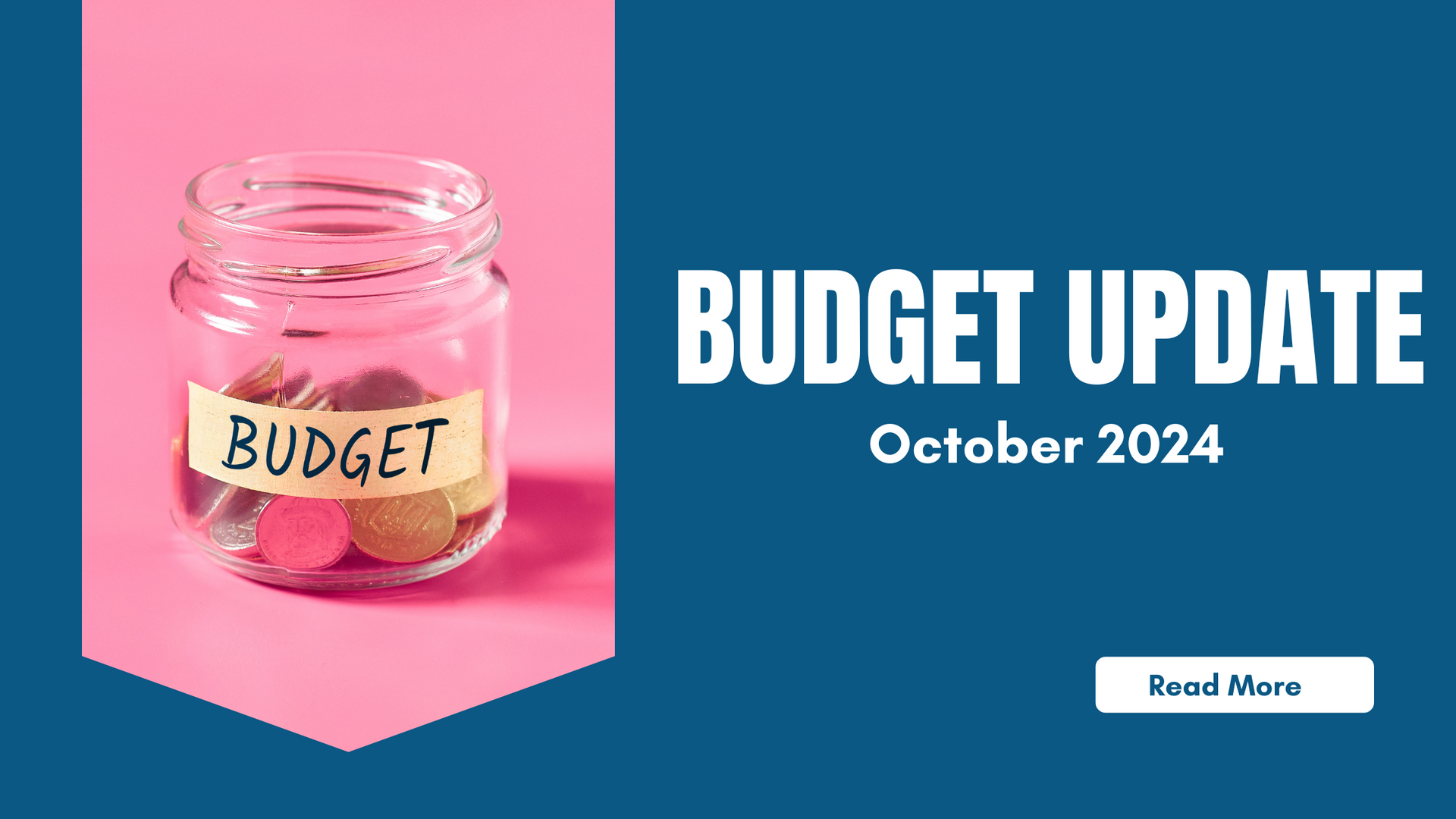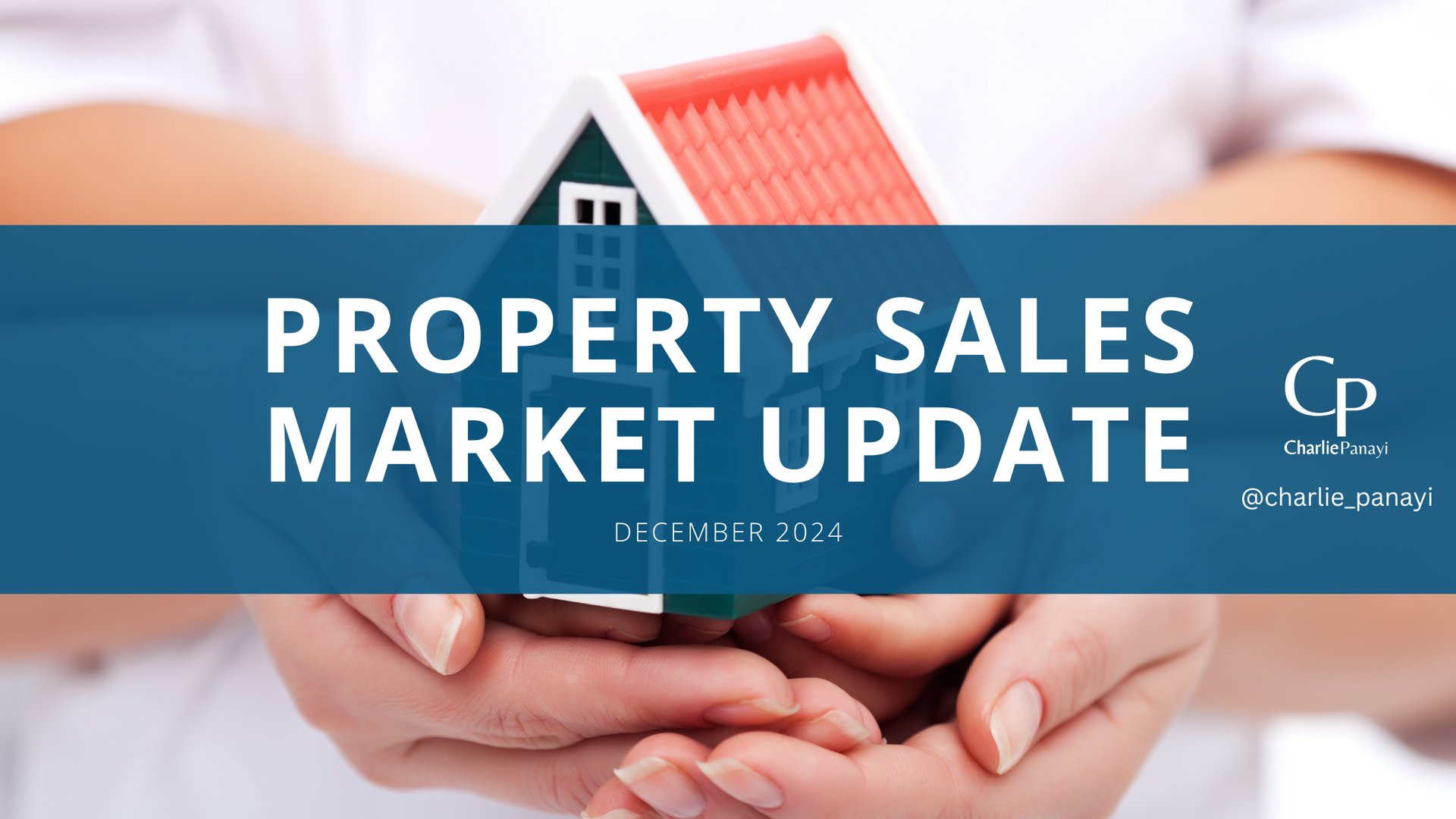Understanding the New Stamp Duty Hike: Practical Insights for Property Investors
The recent 2% increase in stamp duty on buy-to-let properties means the additional rate on top of the standard stamp duty now sits at 5% for investors. This change could significantly impact the rental property market, particularly smaller landlords who rely on manageable upfront costs. Equally this could also affect sellers, as the investors still in the market will just negotiate the price they purchase a property at another 2% lower.
The goal, according to the government, is to cool competition from investors to make housing more accessible for first-time buyers. But what does this mean for property investors and business acquisition teams alike?
For Property Investors: Breaking Down the Numbers
Now, if you’re purchasing a buy-to-let property worth £250,000, you’ll pay 5% extra stamp duty on top of the regular rates—translating to an additional £12,500 upfront compared to the previous 3% rate, which would have cost £7,500. These rising costs demand strategic adjustments:
- Refocus on High-Yield Markets: By targeting areas with strong demand, investors can secure returns that help balance the added tax burden.
- Adopt Longer Hold Strategies: Holding assets for longer can allow appreciation to offset higher entry costs.
- Restructure Portfolios: Selling or swapping lower-yield properties for ones with stronger cash flow or growth potential can better sustain returns in this new tax climate.
- Offer 2% lower?
For Business Acquisition Teams: Implications and Strategies
The increased stamp duty could impact valuations and returns for businesses with substantial real estate, like property management firms and buy-to-let-focused companies. Rising upfront costs may lower asset values in some cases, especially if long-term yields are more limited.
Steps to Adapt:
- Prioritise Resilient Assets: Focus on high-demand sectors—like urban residential and commercial properties—where steady rental income supports ROI even with higher acquisition costs.
- Assess Acquisition Timing: Consider whether immediate acquisitions align with long-term goals, as well as how these changes may impact property demand.
- Explore Portfolio Synergies: Combining properties or diversifying within real estate assets can help offset the impact of increased stamp duties.
The Bottom Line
The shift to a 5% stamp duty rate for buy-to-let properties represents a significant shift in upfront costs. For property investors, it emphasises the need for strategic rebalancing and higher-yield markets, while acquisition teams will need to fine-tune valuation models and examine property-heavy deals carefully. With thoughtful planning and portfolio recalibration, both investors and acquisition professionals can still find opportunity in the changing landscapes, with so many leaving the market.











